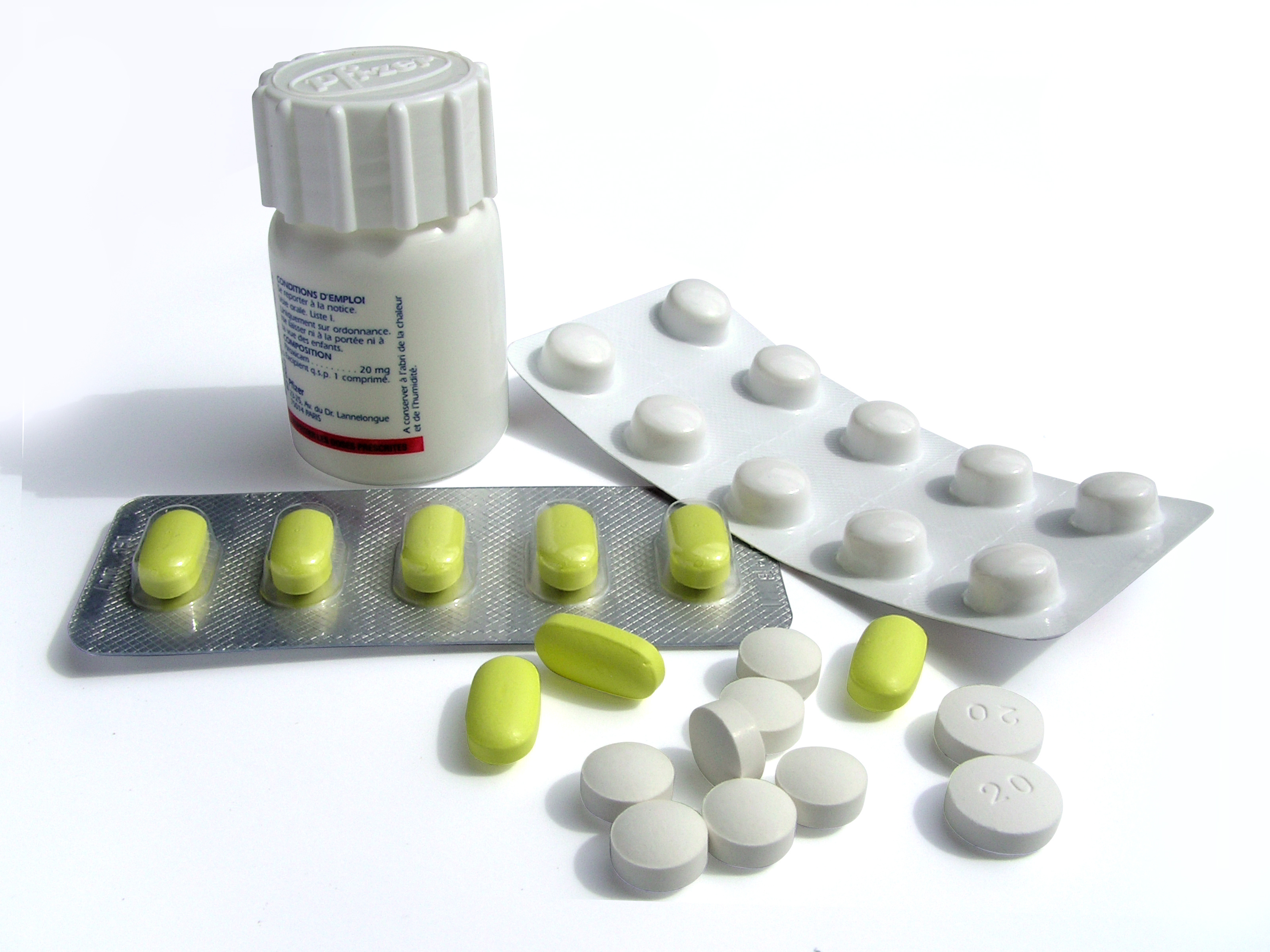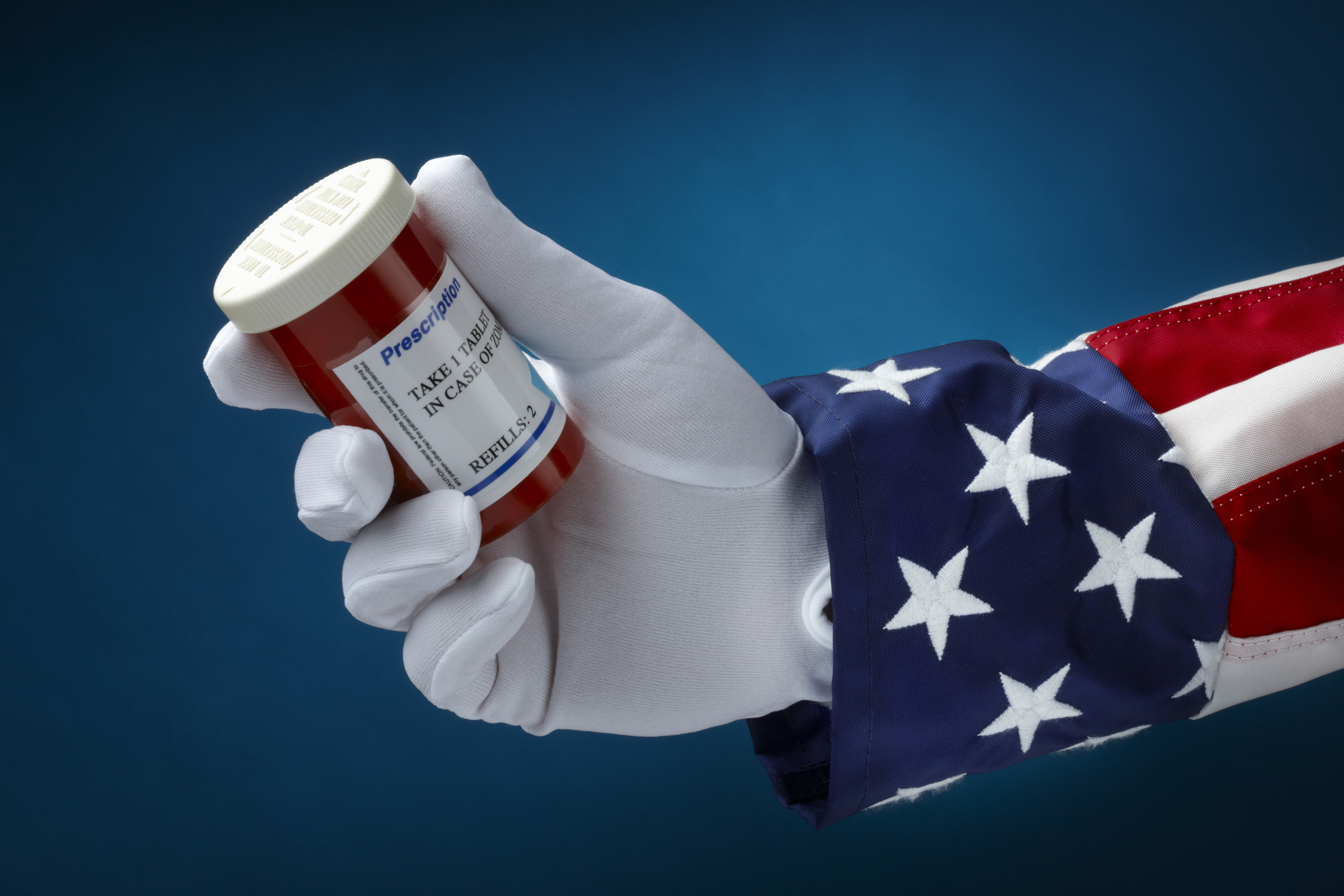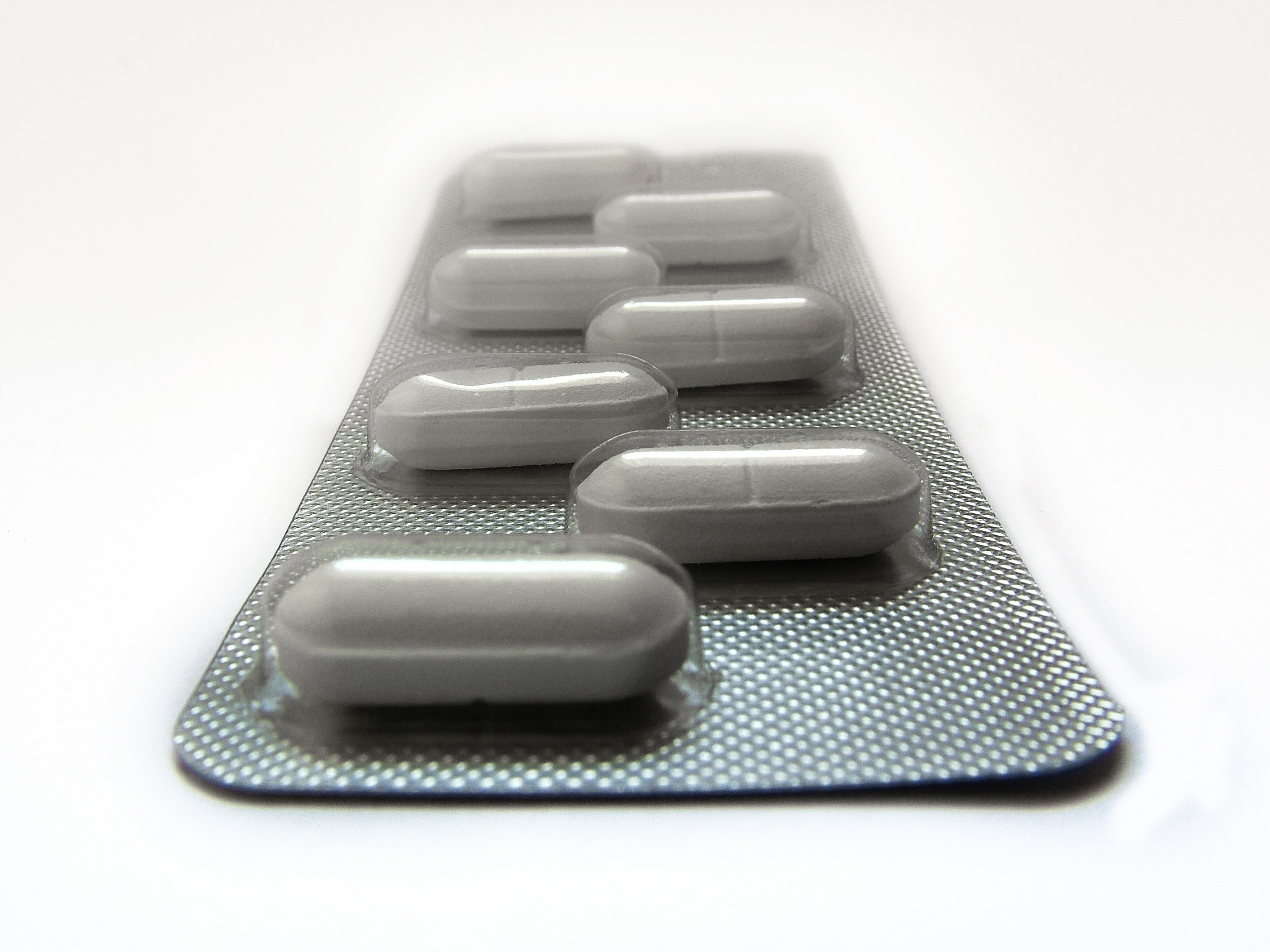Introduction and History of Electrolyte Drinks
 Friday, August 8, 2025 at 2:00AM | |
Friday, August 8, 2025 at 2:00AM | |  Email Article
Email Article
Introduction and History of Electrolyte Drinks
This is a companion post to our: Preventing Dehydration with Homemade Electrolyte Drinks to Increase Survival Post. I thought it was important to add a post on the history of Electrolyte Drinks for additional context. Hope you enjoy it.
Staying hydrated isn't just about water. You also need to add salt, potassium, magnesium, calcium and yes, even sugar at times. Electrolyte drinks play a crucial role in replenishing vital minerals lost through sweat, illness, or stress, helping your body maintain balance and function when it matters most. At Disaster Preparedness Blog, we've long emphasized practical tools for survival, including hydration strategies. Our recent post on Homemade Electrolyte Drinks for Overcoming Dehydration explores DIY options for emergencies, but to truly appreciate these lifesavers, let's dive into their origins and evolution. This comprehensive overview covers the introduction and history of electrolyte drinks, from ancient remedies to modern formulations, with a focus on their relevance to preparedness. We'll then summarize the key points for quick reference.
Comprehensive Introduction and History
What Are Electrolyte Drinks? An Introduction
Electrolyte drinks are beverages designed to restore the body's balance of essential minerals—such as sodium, potassium, magnesium, and calcium, that conduct electrical impulses for muscle function, nerve signaling, and hydration. These minerals, known as electrolytes, are lost through sweat, vomiting, diarrhea, or extreme physical exertion, leading to dehydration, cramps, fatigue, or more severe issues like heatstroke. In disaster scenarios, where access to clean water or medical care may be limited, electrolyte drinks can be a game-changer, preventing complications and aiding recovery.
The concept isn't new; humans have intuitively sought electrolyte-rich solutions for centuries. Ancient civilizations used natural sources like seawater, coconut water, or fermented drinks to combat dehydration. For instance, early sailors diluted seawater with fresh water to replenish salts, while in tropical regions, coconut water, naturally packed with potassium and sodium served as a method to rehydrate long before science explained why. Modern electrolyte drinks build on this, combining water, electrolytes, carbohydrates, and sometimes vitamins for optimal absorption.
In preparedness contexts, these drinks are vital for scenarios like power outages (where refrigeration fails and food spoils, leading to gastrointestinal issues) or evacuations (where physical strain depletes reserves). As we noted in our guide to Emergency Food Storage including electrolyte packets in your kit can extend your self-sufficiency.
The Early Roots: From Ancient Remedies to Medical Breakthroughs (Pre-20th Century)
The history of electrolyte drinks traces back to antiquity, though not formalized as "sports" or "rehydration" beverages. In ancient Greece and Rome, athletes consumed mixtures of water, honey, and sea salt to sustain energy during events like the Olympics—honey for quick carbs, salt for sodium replacement. Similarly, Ayurvedic medicine in India (dating back 5,000 years) prescribed salted buttermilk or lassi for hydration in hot climates, recognizing the need for electrolytes intuitively.
By the 19th century, medical understanding advanced. During cholera outbreaks in the 1830s, physicians like Thomas Latta experimented with intravenous saline solutions to replace lost fluids and salts, laying groundwork for oral rehydration. This evolved in the early 20th century with pediatricians using electrolyte solutions for dehydrated children, but it wasn't until the 1940s that oral rehydration therapy (ORT) emerged as a standard for treating diarrhea in developing countries. The World Health Organization (WHO) later refined ORT in the 1970s, saving millions by mixing glucose, salts, and water to enhance absorption.
These medical roots are directly relevant to disaster prep: In emergencies like floods contaminating water supplies, ORT-inspired drinks can prevent deadly dehydration, as we've discussed in [Water Purification Methods for Emergencies](https://disasterpreparednessblog.com/water-purification-methods).
The Birth of Commercial Electrolyte Drinks (1920s-1960s)
The modern era began in the 1920s with the first commercial products. In 1927, British chemist William Owen invented Lucozade (originally Glucozade), a glucose-water mixture with citrus for hospital patients recovering from illness. Marketed as an energy booster, it gained popularity among athletes by the 1930s, used by cyclists and footballers for quick recovery. Though not electrolyte-focused initially, it set the stage for performance drinks.
In Japan, Taisho Pharmaceuticals launched Lipovitan D in 1961, one of the first energy drinks with taurine, vitamins, and caffeine—marketed for stamina but including electrolytes indirectly through its formulation.
The breakthrough came in 1965 at the University of Florida. Dr. Robert Cade and his team developed Gatorade for the Gators football team, addressing dehydration from intense practices in Florida's heat. The formula—water, sodium, potassium, phosphate, and lemon juice with cyclamate sweetener—replenished what players lost in sweat. Tested during a 1965 game, it helped the team outperform opponents, leading to commercialization in 1967. Gatorade's success spawned an industry, proving science-backed drinks could enhance performance and recovery.
Expansion and Scientific Refinement (1970s-1990s)
The 1970s saw electrolyte drinks go mainstream. Gatorade became the official NFL drink in 1969, boosting sales. Research on carbohydrate-electrolyte solutions grew, with studies showing they improved endurance by 30% over water alone. The WHO's ORT formula influenced medical drinks like Pedialyte (introduced in 1966 but popularized in the 1980s for kids' dehydration).
By the 1990s, competition heated up. Powerade launched in 1988 by Coca-Cola, adding B-vitamins. Science refined ratios: 6-8% carbs for energy, balanced electrolytes to mimic sweat. This era tied drinks to sports marketing, but for preparedness, it meant accessible rehydration for emergencies like heat exhaustion during heatwaves.
Modern Innovations and Diversification (2000s-Present)
The 21st century brought personalization and science-driven tweaks. In the 2000s, low-carb trends led to zero-sugar options, while energy drinks like Red Bull (1987, but global in 1997) blended electrolytes with caffeine. Research emphasized individualized hydration—e.g., sweat tests to match sodium levels.
Today, electrolyte drinks include natural variants (coconut water-based), tablets (Nuun, 2004), and medical-grade ORT for disasters. The COVID-19 pandemic highlighted their role in home recovery from illness-induced dehydration. In preparedness, they're staples: Our [Homemade Electrolyte Drinks](https://disasterpreparednessblog.com/homemade-electrolyte-drinks) post shows how to make them from pantry items when stores are empty.
Potential Upcoming Future trends: Sustainable packaging, AI-customized formulas, and integration with wearables for real-time hydration monitoring.
Summarized Information
Electrolyte drinks replenish minerals like sodium and potassium lost during exertion or illness, essential for hydration in disasters.
History: Ancient natural remedies (e.g., salted honey water) evolved to medical ORT in the 1940s.
Commercial birth: Lucozade (1927) for energy, Gatorade (1965) for sports. 1970s-1990s: Scientific refinement and marketing boom.
2000s-now: Personalized, natural options.
For prepping, stock or DIY them—link to our [Homemade Electrolyte Drinks](https://disasterpreparednessblog.com/homemade-electrolyte-drinks).










